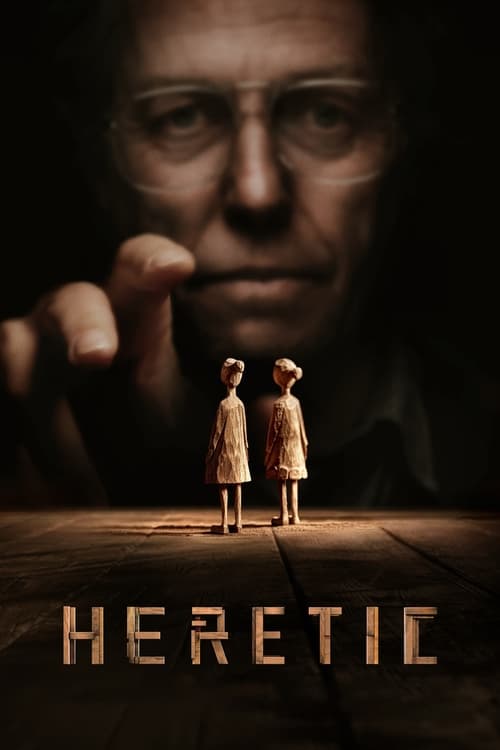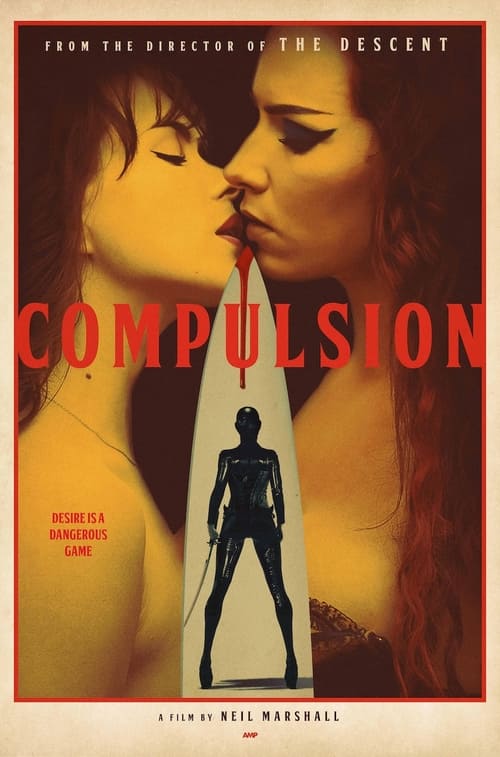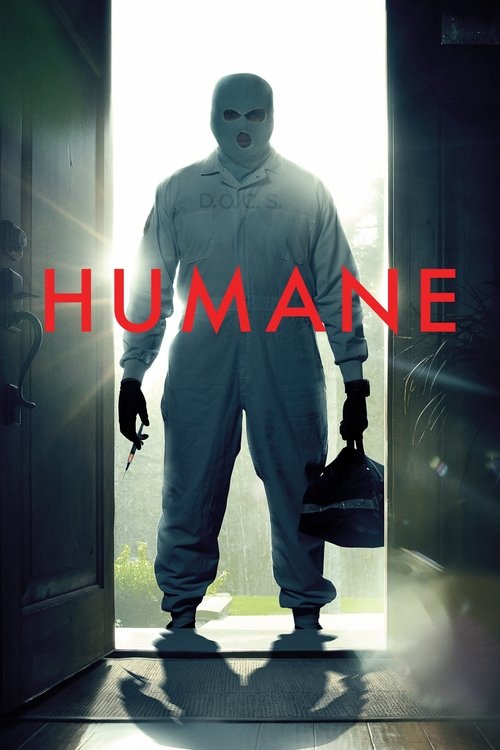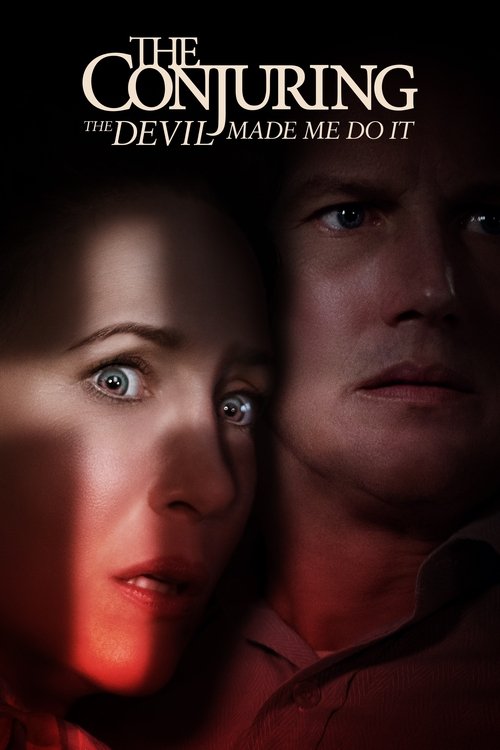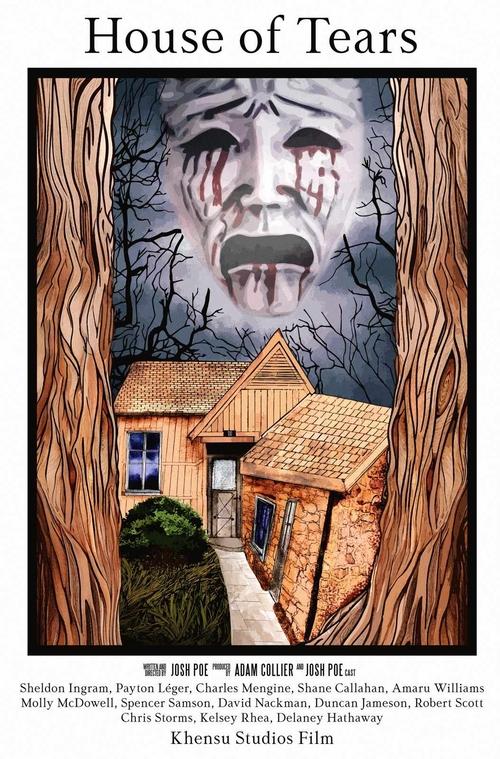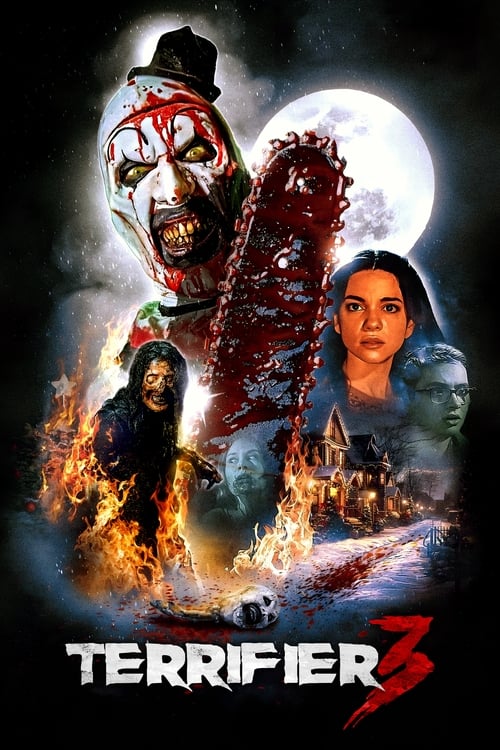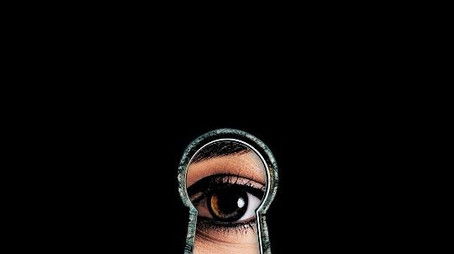
Ask Your Own Question
What is the plot?
Two young missionaries from the Church of Jesus Christ of Latter-day Saints, Sister Paxton and Sister Barnes, sit in a parked car at the beginning of a rainy afternoon, arguing in low voices about a pornographic video Paxton admits she watched and felt sympathy for the actress in it. Paxton confesses that seeing the woman made her feel pity; Barnes counters with a matter-of-fact tone and the two set out on their assigned route to knock on doors and preach. Their canvassing takes them down a neighborhood street where a trio of local teenage girls ambush Paxton, yanking down her skirt to mock the "magic underwear" associated with their faith. Paxton recoils and vents to Barnes about how often their religion attracts ridicule; Barnes shrugs, composed but not unaffected.
A storm drives them to the doorstep of a solitary Englishman who answers as Mr. Reed. He tells them his wife is home and baking a blueberry pie, and the presence of another woman convinces the missionaries to accept his invitation inside. Reed seats them at his table, displaying a worn copy of the Book of Mormon as the two women explain their purpose. He probes their beliefs while making conversational asides that grow increasingly unsettling: he asks about Barnes's background and comments in a way that touches on Barnes's father's death from ALS, and he and the missionaries exchange an awkward joke about never discussing Taco Bell. When Reed leaves the room for a moment, Barnes notices that the delicious blueberry scent filling the house is actually coming from a candle, not a freshly baked pie. A glance toward the front door shows it latched; the phones in their pockets have no signal.
Reed intercepts them in his study, which is lined floor to ceiling with books and curios. He produces an original Monopoly board and begins lecturing, explaining how the game evolved from The Landlord's Game while weaving in a claim that all modern religions are merely derivatives of a lost, original faith. He compares the borrowing of melodies--citing "The Air That I Breathe" and "Creep"--to how doctrines mutate, and he asserts that he has rediscovered a "one true religion." Reed gives them a grim choice as if it were a test: two doors, one labeled "belief," the other "disbelief." He tells them the front door is on a timer and will remain shut for a while, so they must choose. Barnes resists his argument and defends her faith; the pair step through the door marked "belief."
The doorway opens onto a descending stair that leads into a windowless underground room. Reed's voice booms through a loudspeaker; a disheveled elderly woman shuffled forward carrying a messy blueberry pie. Reed explains to the two, with cold relish, that the pie has been poisoned and that in moments they will witness this woman's resurrection. He calls her a prophet and promises a miracle. From above, an elder from their church, Elder Kennedy, has noticed the missionaries failed to sign back in and goes out searching. He visits several houses and eventually arrives at Reed's property. Barnes and Paxton see him through a window and attempt to attract his attention; they scream and then try to start a small blaze with matches to make smoke. Kennedy moves away from the window before they can get a sustaining fire alight, and he leaves without knowing they are trapped inside.
Onstage in the basement, the elderly "prophet" eats the pie and collapses. Reed stands over her and declares the woman dead; after a tense period he invites the audience-like missionaries to witness her return to life. Moments later the woman appears to revive and describes a near-death vision of an afterlife in vivid, rehearsed terms. Barnes listens and interrupts, pointing out that the description mirrors common hallucinations recounted by people who have had clinical near-death experiences. She speaks of her own brush with death following a severe E. coli infection that left her clinically dead for a time; her tone is steady enough that Reed's smile hardens.
Reed reacts by escalating the performance into cruelty. He draws a blade and slashes Barnes's throat in front of Paxton, declaring that Barnes too will rise. Blood pours across the stone floor; Paxton scrambles to respond. After a few minutes Reed kneels and cuts into Barnes's arm to retrieve a small metallic object which he holds up to read as proof that Barnes is a fabrication: he pronounces it a microchip that demonstrates Barnes was never real. Paxton, clinging to clarity amid chaos, examines the pin and identifies it as a contraceptive implant common among women. She challenges Reed's claim and asserts that the "prophet's" return was a ruse. Paxton explains that the first woman died after eating the pie and that Reed substituted a second woman who memorized a scripted account of an afterlife; the substitute then went off-script and spoke plainly, telling the missionaries "it's not real," which disrupts Reed's carefully controlled spectacle.
Reed has anticipated possible defiance and gestures toward a trap door, promising Paxton that if she wants to see his "one true religion," she may descend and witness the truth. He opens the hatch and Paxton climbs down into a narrow chute heaped with filth and discarded belongings. At the bottom she emerges into a series of dimly lit chambers; one door is secured with a bicycle lock of a type she remembers using earlier on her mission. As she forces it open she finds in the final cell a claustrophobic space full of emaciated women confined in cages. Many of the women stare with hollow eyes; others huddle with their knees drawn up. Paxton searches the cages and sees marks of restraint and deprivation. She understands in cold detail what Reed's "one true religion" means to him: controlling and possessing others, particularly women, to satisfy his need for dominion.
Racing back up, Paxton confronts Reed and lunges with the small letter opener Barnes had tucked into her clothing for protection. She plunges the blade into Reed's neck in a swift upward motion. Reed, however, reacts with brutal reflex; he turns and stabs Paxton in the abdomen with the very same letter opener, driving it deep into her gut. Blood soaks their clothes and the stone steps as both stagger. Reed falls back, wounded and enraged. He crawls toward Paxton while issuing a florid command: pray. Paxton, leaning hard on the act of tenderness as a human response, tells him that prayer is something people do to think of others, not a magical cure, and begins to pray aloud, focusing on compassion rather than miracles.
Reed lunges to finish her, but a sudden, forceful strike descends from behind him. Barnes, who had been presumed dead, has dragged herself upright; she swings a length of timber studded with protruding nails and brings it down onto Reed's skull with crushing force. The blow bursts Reed's head and blood splatters across the railing; he collapses, motionless and lifeless, with the plank lodged across his shoulders. Barnes exhales a small, ragged sound and collapses into Paxton's arms, bleeding from the wound Reed inflicted on her throat. Paxton cradles Barnes as the life leaves her; Reed's body lies still, killed by Barnes's desperate last strike.
Dawn breaks and rain eases into a gray morning as Paxton drags herself to a window and forces it open. The storm that had driven them to seek shelter at Reed's house recedes; police or searching neighbors are not yet present. She hauls her blood-slick jacket through the opening and climbs onto the sill, lowering herself down into the yard and away from the house. Paxton steps onto damp grass, checks her wounds, and looks back up through the dark windows where the dungeon gates gaped open. Her breathing is shallow; adrenaline and loss course through her limbs.
Before moving, Paxton remembers a conversation she had earlier and speaks a quiet, private wish that if she dies she would return as a butterfly and alight on the hands of those who loved her. As she sits on the curb, exhausted and shivering, a small butterfly flutters and lands on her outstretched hand. The delicate creature opens its wings and rests there; Paxton closes her eyes for a breath, feeling a brief, fragile peace. When she looks away for just an instant to watch the street, the butterfly lifts off and disappears into the brightening sky. Paxton watches it go, wounded but free, and then begins to walk away from Reed's house and the cellar where the cages once held so many captives, the morning swallowing the scene behind her. The final image is of her moving down the road, stained with blood but alive, leaving Reed's ruined home and the bodies within it to be discovered by others.
What is the ending?
Short Narrative of the Ending
The movie "Heretic" concludes with Sister Paxton discovering an underground chamber filled with emaciated women in cages, revealing Mr. Reed's twisted belief that a desire to control others is the root of all religions. Paxton attempts to escape after stabbing Reed, but he retaliates, injuring her. Just as Reed is about to end her life, Sister Barnes, who had been presumed dead, kills him with a plank before succumbing to her own wounds. Paxton manages to escape, symbolized by a butterfly landing on her hand.
Expanded Narrative of the Ending
As the climactic scenes unfold in "Heretic," Sister Paxton finds herself trapped in the depths of Mr. Reed's twisted world. She discovers a hidden chute leading from the dungeon, which she bravely navigates, her determination fueled by her desire to uncover the truth. The chute leads her through a series of ominous and foreboding chambers, each one revealing more about the sinister nature of Mr. Reed's beliefs.
Upon reaching the final chamber, Paxton is met with a horrifying sight: numerous emaciated women confined in cages, a stark manifestation of Mr. Reed's distorted philosophy. He reveals his twisted belief that the fundamental drive behind all religions is the desire to control others. This dark realization marks a pivotal moment for Paxton, as she begins to grasp the true nature of Mr. Reed's sinister intentions.
Armed with a letter opener, Paxton stabs Reed in the neck, a bold act of defiance against the chaos that has engulfed her. However, Reed retaliates, stabbing Paxton in return, and their struggle becomes a desperate fight for survival. As they both bleed in the basement, Paxton begins to pray, not for her own salvation but as an act of kindness towards others. This moment highlights her genuine faith and compassion, contrasting starkly with Reed's malevolent intentions.
Just as Reed prepares to deliver the final blow, Sister Barnes, who had been presumed dead, makes a dramatic reappearance. With a plank of wood, she delivers a fatal blow to Reed, avenging Paxton and putting an end to his twisted plans. However, this act of bravery comes at a great personal cost, as Barnes succumbs to her own wounds shortly after.
In the aftermath, Paxton manages to escape through a window, symbolizing her liberation from the dark world she had been trapped in. As she emerges into the daylight, a butterfly lands on her hand, a poignant moment that suggests a connection to Barnes, whose spirit may be living on through this gentle creature. This final scene serves as a moment of peace and closure, contrasting with the chaos and darkness that had preceded it.
Is there a post-credit scene?
What role does the antagonist play in the protagonist's journey?
The antagonist is a powerful figure representing dogmatic beliefs and the suppression of knowledge. Their relentless pursuit of the protagonist creates a palpable sense of danger. The antagonist's motivations are rooted in a desire to maintain control over the narrative of faith, which forces the protagonist to confront their own doubts and ultimately fuels their transformation.
How does the relationship between the protagonist and their mentor evolve throughout the film?
Initially, the protagonist views their mentor as a guiding light, someone who embodies wisdom and faith. However, as the story progresses, the mentor's hidden motives and past mistakes come to light, creating tension. The protagonist feels betrayed and conflicted, leading to a dramatic confrontation that tests their loyalty and beliefs.
What is the significance of the ancient artifact that the protagonist discovers?
The ancient artifact serves as a catalyst for the protagonist's journey, symbolizing the clash between faith and skepticism. It is intricately designed, with mysterious inscriptions that hint at a long-lost civilization. As the protagonist uncovers its secrets, they grapple with their own beliefs, leading to intense internal conflict.
How does the setting influence the protagonist's quest for truth?
The film is set in a visually stunning yet oppressive landscape, filled with ancient ruins and modern-day religious institutions. This juxtaposition creates a sense of unease and highlights the protagonist's struggle. The decaying structures symbolize the weight of tradition, while the vibrant, chaotic city life represents the search for new ideas, pushing the protagonist to question their surroundings.
What internal conflicts does the protagonist face regarding their faith?
The protagonist experiences profound internal conflict as they wrestle with their upbringing and the newfound knowledge they acquire. They are torn between the comfort of their faith and the unsettling truths revealed by the artifact. This struggle is depicted through intense emotional scenes, where the protagonist grapples with doubt, fear, and ultimately, a desire for authenticity.
Is this family friendly?
The 2024 movie "Heretic" is not suitable for all audiences, particularly children or sensitive viewers. Here are some potentially objectionable or upsetting scenes and themes that might be concerning:
- Violence: The film contains bloody violence, which includes scenes that are disturbing and intense.
- Sexual References: There are discussions of pornography, polygamy, and birth control, including a scene where a character mentions a birth control implant and another where there is a brief, non-explicit exposure of underwear.
- Strong Themes: The movie explores mature themes such as psychological manipulation, captivity, and control, which can create a suspenseful and unsettling atmosphere.
- Religious Criticism: The film includes criticisms of religion, which may be unsettling for some viewers.
Overall, "Heretic" is rated R in the US for some bloody violence and is generally not recommended for young or sensitive audiences.

